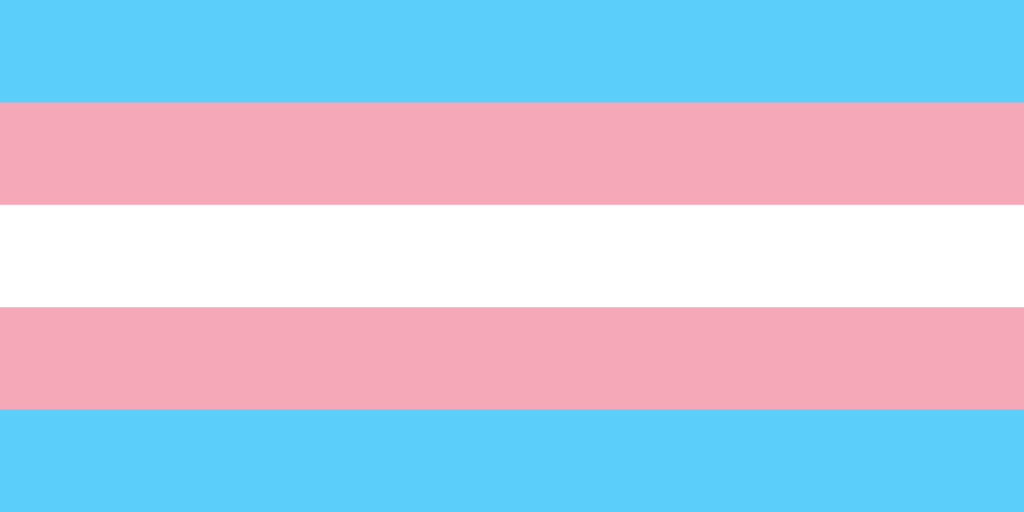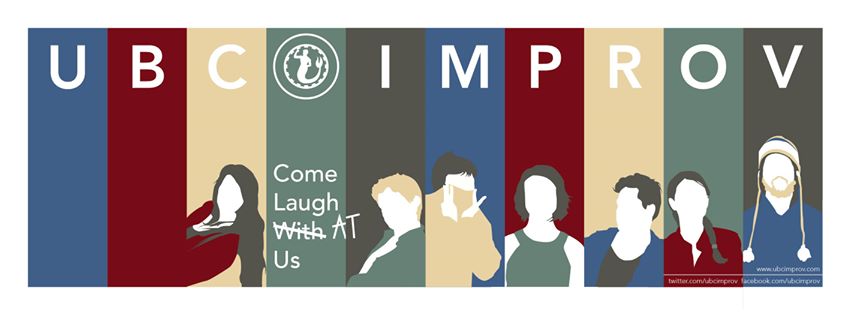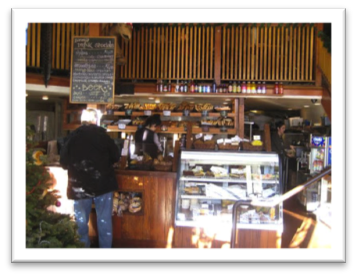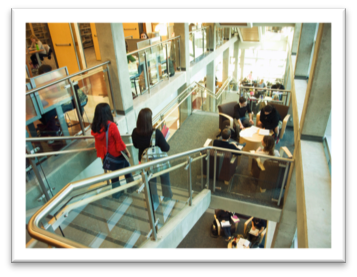By: Marlee Laval (R.A. in Robson House)
At UBC, there is no denying that a dynamic range of identities can be found within lecture halls, libraries, and residence areas. Unfortunately, society – which, in many ways, includes UBC – often does not acknowledge the unique experiences and needs of transgender people.* As Residence Advisors, it is our job to help build communities that are supportive, positive, and inclusive of all identities, but there are many ways in which all residents can help create safe spaces for trans residents. Here are some quick, simple tips that you can use to make living in residence safer and more empowering for all gender identities!
* Note: For the purposes of this article, a transgender person will be loosely defined as someone whose gender identity is different than the social expectations of the sex that they were assigned at birth. For example, if a baby is assigned “female” according to their sexual characteristics (ie genitalia), and the gender of “woman,” and is later a gender other than “woman,” they are transgender.
1.) Respect names and pronouns – and normalize asking for them.
People using the wrong name and/or pronouns – often called misgendering – is a common obstacle that transgender folks face. You cannot determine a person’s pronouns (what you refer to them as in the third person – they/them, she/her, he/him, ze/hir, etc.) simply by looking at them! If you are unsure which pronouns someone uses, ask them, and try to use gender-neutral pronouns for them (such as they/them) until you know. It’s not rude to ask someone for their pronouns – it’s respectful! Use someone’s preferred name and pronouns, even when they are not around. If you accidentally use the wrong name and/or pronouns for someone, apologize, promise that you will work to not do it again, and move forward.
2.) Help make conversations and spaces gender-inclusive.
Using gender-inclusive language makes conversations safer and more relevant for trans people in your communities. A simple example of this would be saying “people with vaginas” instead of “women” if you are talking about vaginas (which, in respectful contexts, is A-OK). This change in language acknowledges that not all women have vaginas, and not all people with vaginas are women, which is inclusive of trans folks!
For a more gender-inclusive environment, accessible spaces such as gender-neutral washrooms can make a big difference. Something as simple as going to the washroom can be a huge barrier for transgender folks. Talk to your RA about making your floor’s washroom(s) gender-neutral if they are not already. If you are planning an event, ensure that at least one accessible washroom at your venue is gender-neutral. Go here for more information on why gender-inclusive washrooms are important!
3.) Learn about transgender lives and experiences, and advocate for transgender rights.
If you identify as cisgender (a person who identifies as the gender that socially “matches” the sex that they were assigned at birth), learning about and centering the experiences of trans people is a very important step in creating respectful and trans-inclusive spaces. The Talon’s resource page is a great online place to start, along with campus organizations such as The Pride Collective at UBC, The Sexual Assault Support Centre, the Equity and Inclusion Office, and Access and Diversity. Look out for opportunities to take a Positive Space training course to help you gain the skills to create LGBTQ-inclusive spaces. Avoid asking extremely personal or invasive questions to transgender people – it is not their job to educate you! – but respect and center the knowledge and experiences that they choose to share.
From there, stand in solidarity with trans people as they work to claim the rights that they deserve. Remember that this is about them, not you – prioritize their voices, support them when they need it, stand up against transphobia and discrimination, and advocate respectfully. This is what you, as an ally to trans folks, can do.
To conclude, I hope that you will take these tips and apply them to your communities – not just within Vanier, but within the rest of your spaces. Transgender lives matter, and it’s time to create a gender-inclusive community where trans folks can live and learn safely.


 Follow
Follow










